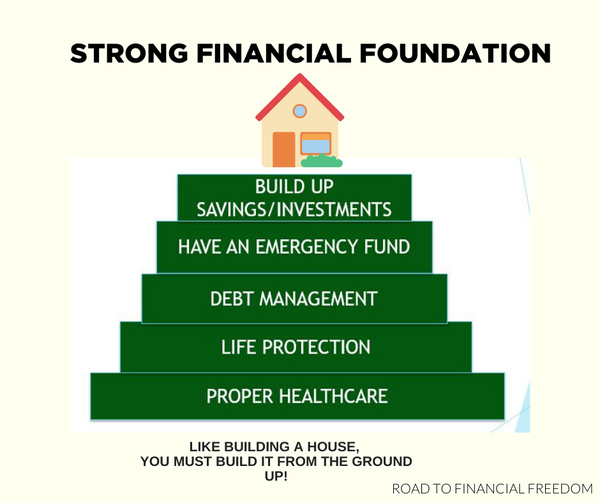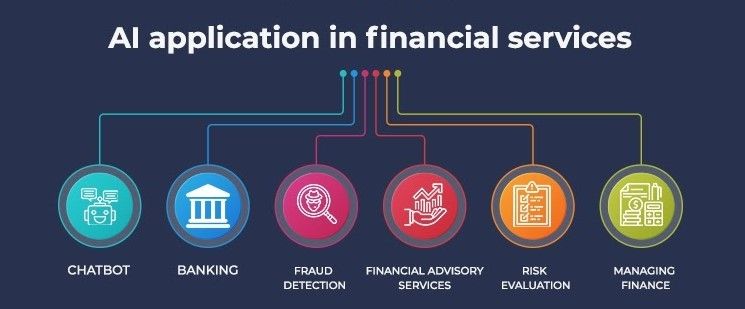Financial Fortification: A Powerful Tool for Protecting Your Resources Against Unforeseen Outcomes

Financial fortification is a crucial aspect of personal and business management, aimed at protecting one's resources against unforeseen outcomes. In today's unpredictable world, safeguarding our finances has become more important than ever before. Whether it be economic downturns, natural disasters, or unexpected emergencies, having a robust financial plan can provide stability and peace of mind.

Building a Solid Foundation
The first step in financial fortification is building a solid foundation. This involves establishing clear goals and objectives for your financial future. By setting realistic targets such as savings targets or investment returns, individuals can effectively allocate their resources towards achieving these goals.
Additionally, creating a budget is essential to monitor income and expenses diligently. Tracking expenditures not only helps identify areas where spending can be reduced but also ensures adequate savings for future needs. By maintaining discipline concerning spending habits and avoiding unnecessary debt accumulation, individuals lay the groundwork for long-term financial security.
Establishing Emergency Funds
One key element of financial fortification is the establishment of emergency funds. These funds act as a safety net during times of crisis or unforeseen events such as job loss or medical emergencies. Ideally, experts recommend saving three to six months' worth of living expenses in easily accessible accounts like high-yield savings accounts.
Emergency funds provide individuals with the flexibility to navigate through challenging situations without compromising their overall financial well-being. They serve as protection against unexpected circumstances while allowing time to adapt and make necessary adjustments without resorting to credit cards or loans with potentially high interest rates.
Diversifying Investments
Another effective strategy for financial fortification involves diversifying investments across various asset classes and industries. Spreading investments across different sectors helps mitigate risks associated with market volatility by minimizing exposure to any single investment vehicle.
By diversifying their portfolios through stocks, bonds, real estate holdings, or even alternative assets like commodities or cryptocurrencies, individuals can spread risk and potentially increase the potential for long-term growth. This approach reduces vulnerability to market fluctuations and ensures a more stable financial future.
Insurance Coverage
Insurance coverage is another vital component of financial fortification. Adequate insurance policies provide protection against unforeseen events such as accidents, illnesses, property damage, or even legal liabilities. The right insurance coverage helps mitigate the financial impact of these unexpected events by providing compensation or reimbursement for losses incurred.
Individuals should carefully analyze their specific needs and consider various types of insurance coverage such as health insurance, life insurance, disability insurance, homeowner's/renter's insurance, or auto insurance. By having appropriate coverage in place, individuals can safeguard their assets and protect themselves from significant financial setbacks caused by unexpected circumstances.
Continual Evaluation and Adjustments
Financial fortification is not a one-time process; it requires continual evaluation and adjustments based on changing circumstances. As life evolves with new career opportunities, family dynamics shift or economic landscapes change drastically - regular assessments of goals and strategies become necessary.
By periodically reviewing their financial plan in consultation with professionals such as financial advisors or accountants, individuals can ensure they stay on track toward achieving their objectives while adapting to any changes in personal circumstances or market conditions. Remaining proactive allows for necessary adjustments to be made promptly to maintain optimal levels of financial security.
Conclusion
Financial fortification provides a powerful tool for protecting resources against unforeseen outcomes. By building a solid foundation through goal-setting and budgeting practices while establishing emergency funds for rainy days, individuals lay the groundwork for long-term stability. Diversifying investments across different asset classes mitigates risks associated with market volatility while adequate insurance coverage safeguards against unexpected events. Continual evaluation and adjustments ensure ongoing adaptability to changing circumstances throughout life’s journey toward maintaining optimal levels of financial security.
Ultimately, prioritizing financial fortification allows individuals to face uncertainties with confidence knowing they have taken proactive steps to protect their resources and secure a brighter financial future.
Also Read...





